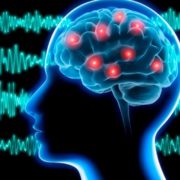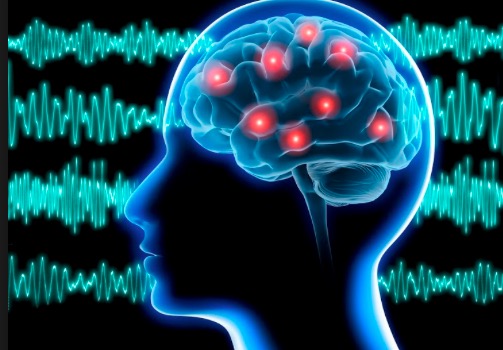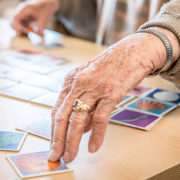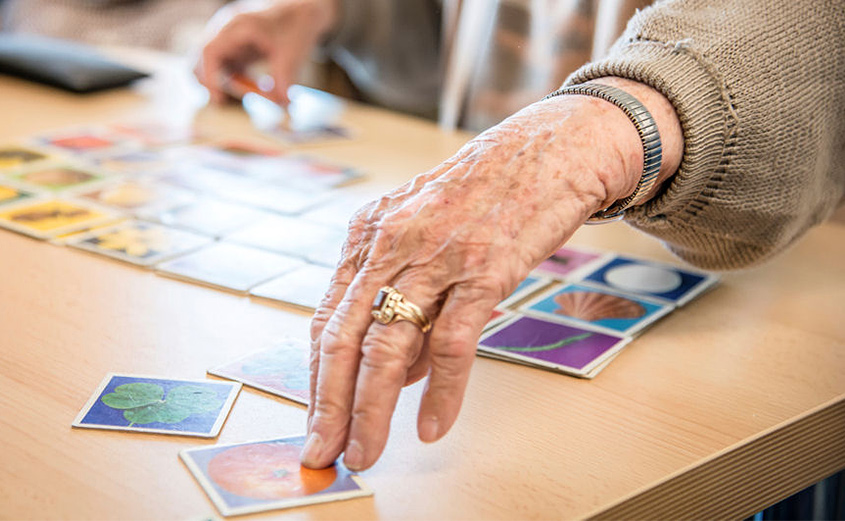3 Tips on Parenting Children With ADHD
3 Tips on Parenting Children With ADHD
3 Tips on Parenting Children With ADHD
Raising children with ADHD can be difficult at times. These tips are meant to help foster positive growth for your children’s success. Here is a couple:
1) Take a closer look:
It is important to have a thorough understanding of your child’s everyday life. This means having a thorough understanding of how ADHD impacts their daily life. For example, understanding how their talents and interests are impacted by ADHD will enable you to comprehend what they are doing well and reward them for it. Ultimately, the goal of taking a closer look is providing your child with a strong support system.
2) Relationship:
This is an extension of tip number one. Building a deep relationship with your child is crucial in being on the same page on their development. By working on a deep relationship it establishes trust and bond between you and your child. In turn, this makes it easier to manage ADHD. By developing trust in your relationship, you must be willing to be more open and transparent. Relationship building is important and it requires both of you to work on these improvements together.
3) Create a System:
This can be in the form of a rewards system to keep track of progress and encourage your children’s growth. You can put up a chart in the house and use gold stars that accumulate for which your child can trade it in for money. This provides a valuable learning opportunity for your child to have a deeper understanding of goals and rewards. In essence, it is something that benefits both you and your child. The consistency and clear rules in creating a system is important because it establishes positive reinforcement which is the best method of teaching a new productive behavior.
The Takeaway
There are many parenting techniques when it comes to raising a child with ADHD. These tactics are important so as to create the best possible environment for your child’s success and future. It is important to note that progress comes in waves and to not become discouraged by one bad day’s performance. Luckily, here at Pathways, we can you help establish a plan going forward specifically catered for your child’s specific needs in order to deal with ADHD in a proactive manner.
Dr. Gordon is an experienced ADHD expert. He is devoted to helping you learn more about ADHD and find solutions for each individual’s needs. Please feel free to contact us for any concerns or questions regarding ADHD about yourself, or a loved one.
The Pathways team of professionals has helped thousands of people with ADHD. We are Dedicated to effective and compassionate care for individuals with neurological challenges.
The post 3 Tips on Parenting Children With ADHD appeared first on Pathways Neuropsychology Associates.
Source: Pathways Neuropsychology
3 Tips on Parenting Children With ADHD



















